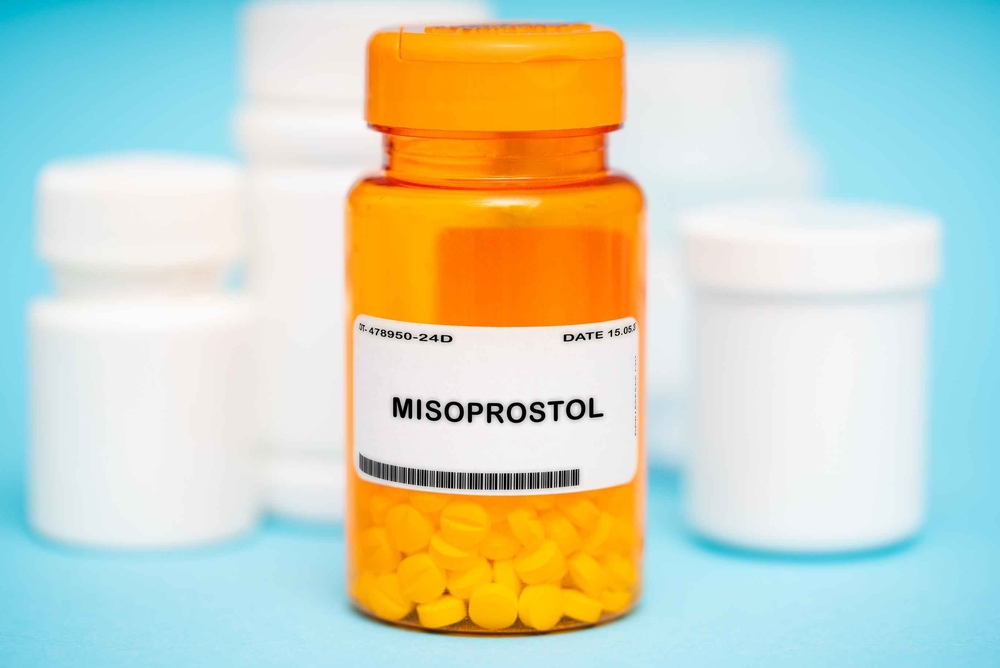Overview of Misoprostol
Misoprostol, commonly known under the brand name Cytotec, is a versatile medication used for various medical purposes, including preventing stomach ulcers, inducing labor, and, notably, in combination with mifepristone for terminating early pregnancies. Misoprostol induces uterine contractions, which help expel the pregnancy.

Historical Background
Development and Medical Uses
- 1970s: Developed by the pharmaceutical company Searle (now part of Pfizer) to treat gastric ulcers by protecting the stomach lining.
- 1988: Approved by the FDA for gastric ulcers, entering the market primarily for this use.
Expansion into Reproductive Health
- 1990s: Discovered to induce uterine contractions, leading to off-label use for labor induction and medical abortion.
- 2000: FDA approved the combination of misoprostol and mifepristone for medical abortions, cementing its role in reproductive healthcare.
Global Acceptance
Misoprostol is recognized by the World Health Organization (WHO) as an essential medicine due to its broad applications and effectiveness.
How Misoprostol Works
Misoprostol is a synthetic prostaglandin E1 analog that binds to prostaglandin receptors, causing muscle contractions in the stomach and uterus. For medical abortions, these contractions help expel the pregnancy.
Application in Medical Abortion
- Procedure: Taken 24-48 hours after mifepristone. Methods of administration include oral, buccal (between the cheek and gum), sublingual (under the tongue), or vaginal.
- Effectiveness: When combined with mifepristone, misoprostol is 95-98% effective for pregnancies up to 10 weeks.
- Side Effects: Commonly include cramping, bleeding, nausea, vomiting, diarrhea, fever, and chills.
Legal and Social Challenges
Though less controversial than mifepristone, misoprostol’s use in medical abortions is subject to legal and political scrutiny. Abortion laws impact its accessibility and application in reproductive health.
Recent Developments
- Research and Guidelines: Ongoing research optimizes misoprostol’s use, focusing on dosing and administration to enhance safety and effectiveness.
- Global Health Initiatives: Organizations strive to increase misoprostol access in low-resource areas, particularly for preventing postpartum hemorrhage and managing incomplete abortions.
Conclusion
Misoprostol, developed in the 1970s, has become a crucial medication in modern medicine. Its role in reproductive health, especially in conjunction with mifepristone for medical abortions, offers a vital alternative to surgical procedures. Despite facing legal and social challenges, misoprostol remains a key component of healthcare worldwide.
References
- World Health Organization. (2021). Model List of Essential Medicines. Retrieved from WHO.
- FDA. (2000). Mifeprex (mifepristone) Information. Retrieved from FDA.
- Planned Parenthood. (n.d.). The Abortion Pill. Retrieved from Planned Parenthood.
- Healthline. (2020). How to Use the Abortion Pill at Home. Retrieved from Healthline.
